Ford Is Committed to Keeping the V8 Alive: Here's Why — and How
The Mustang may be the last V8 muscle car standing, but the Blue Oval plans to keep these big engines going.
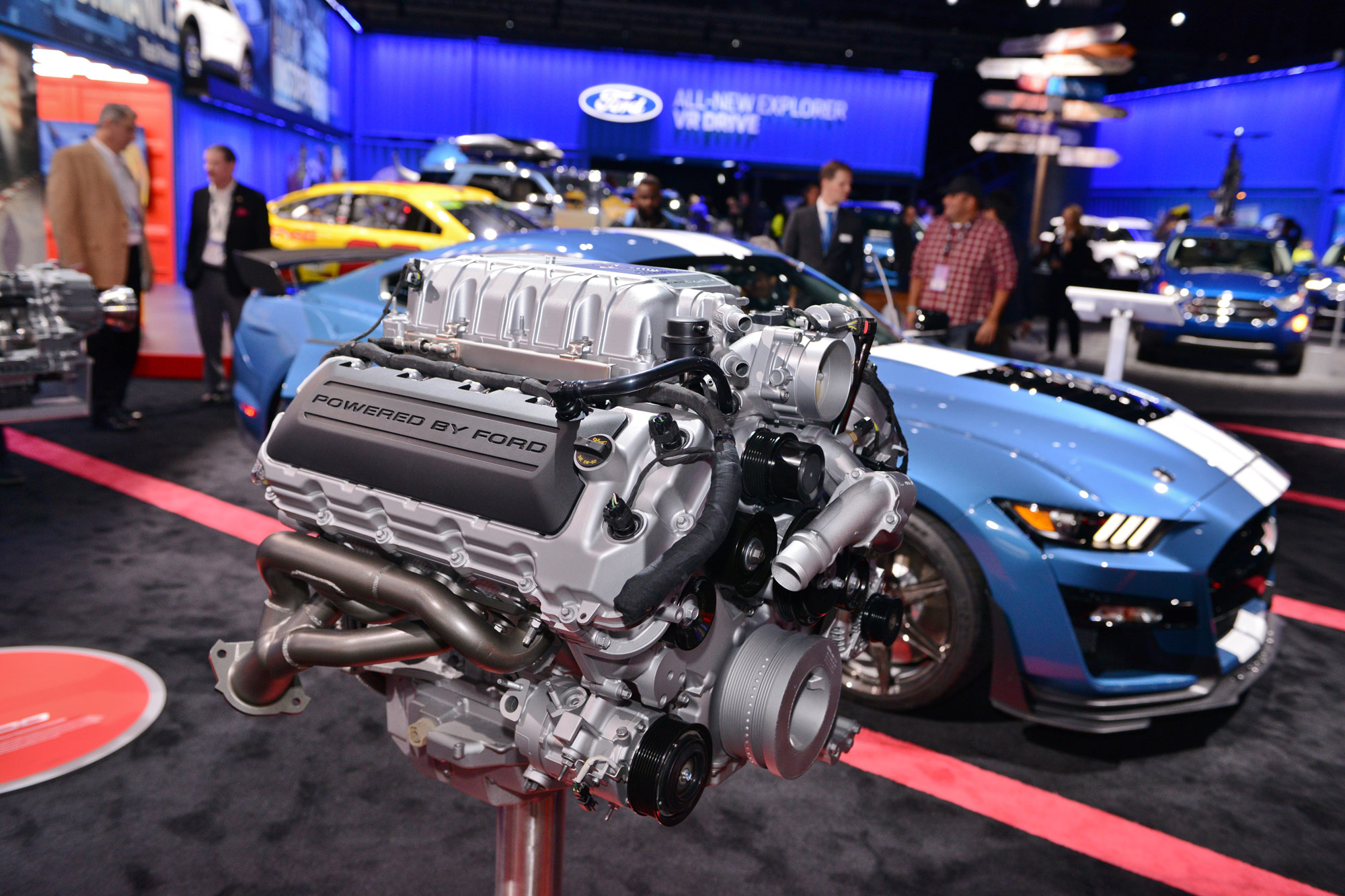 Ford
Ford
Ford Motor Company CEO Jim Farley swerved slightly toward the melodramatic when he declared in
Once a foundational feature of big U.S.-made sedans, pickups, and muscle cars, the V8's popularity has steadily declined for decades, now accounting for about 11% of new-vehicle sales. For years, increasingly stringent fuel-economy regulations have driven automakers to replace V8s with smaller-displacement six-cylinder and even four-cylinder engines. Notably, none of Ford's current SUVs, including the largest Expedition models, offers a V8. Instead, they use smaller turbocharged engines exclusively.
However, the company's V8 strategy for the Mustang and some pickups seems both a nod to customer choice and corporate pride for an engine configuration that Ford revolutionized and popularized.
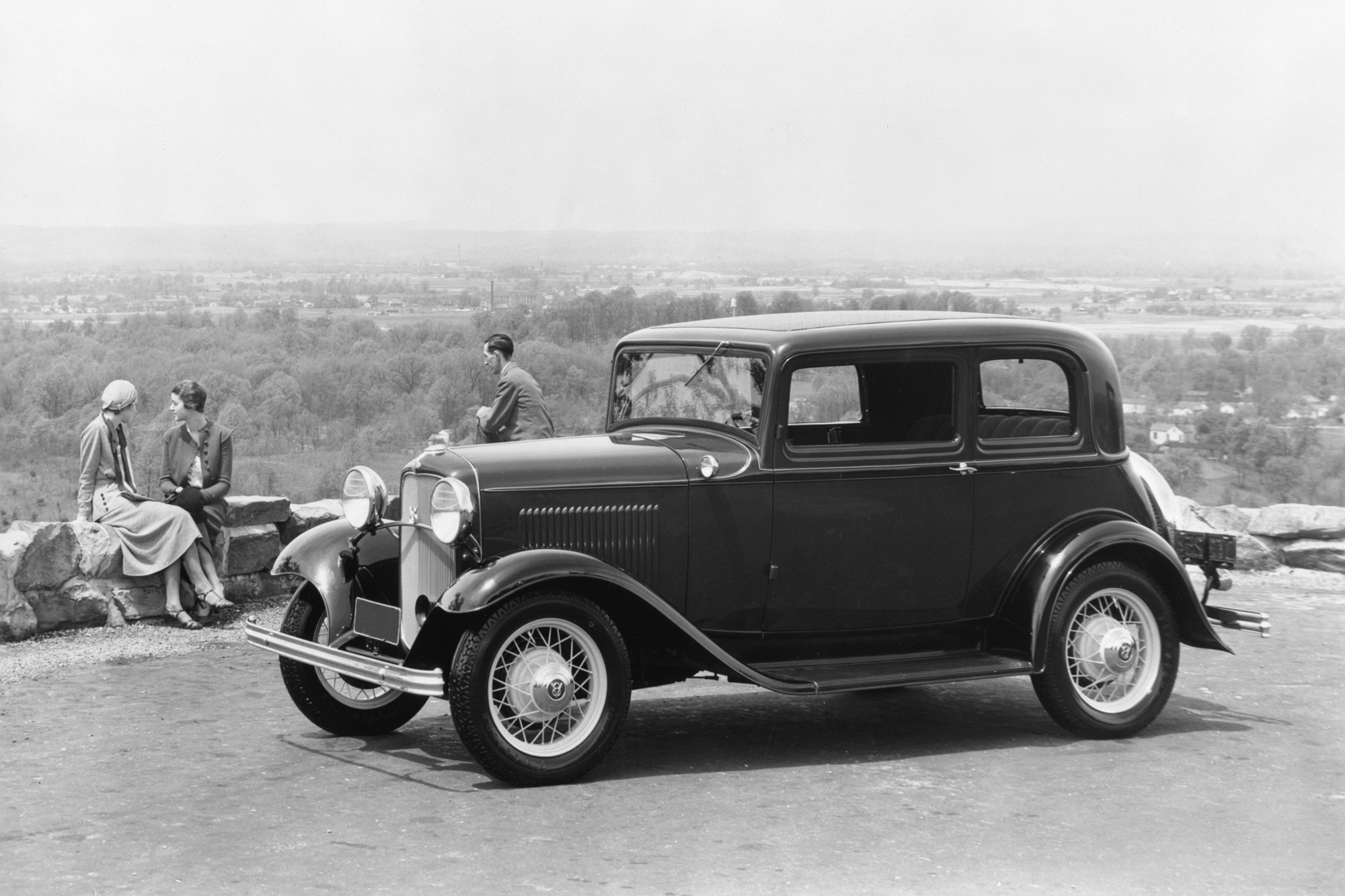 Ford
Ford
How Ford Revolutionized the V8
Ford's connection to the V8 stretches back to 1932 when the automaker shook up the mainstream car market with a revolutionary new engine to replace a four-cylinder and overtake rival Chevrolet's new inline-six. Ford's V8 was the first to have its cylinder block and crankcase cast as one piece. Until then, V8s were expensive to build and heavy, with crankcases and cylinder blocks as separate parts.
Ford's unique design allowed it to offer the industry's lowest-priced V8. Sales took off, even through the Great Depression.
The Ford V8's side-valve layout, rather than a more efficient overhead valve design, gave the engine's cylinder heads a low-profile appearance, hence its "flathead" nickname. The Ford V8 caused a sensation in the showroom and on the road, sparking a hot-rodding trend that led to the start of sanctioned drag racing.
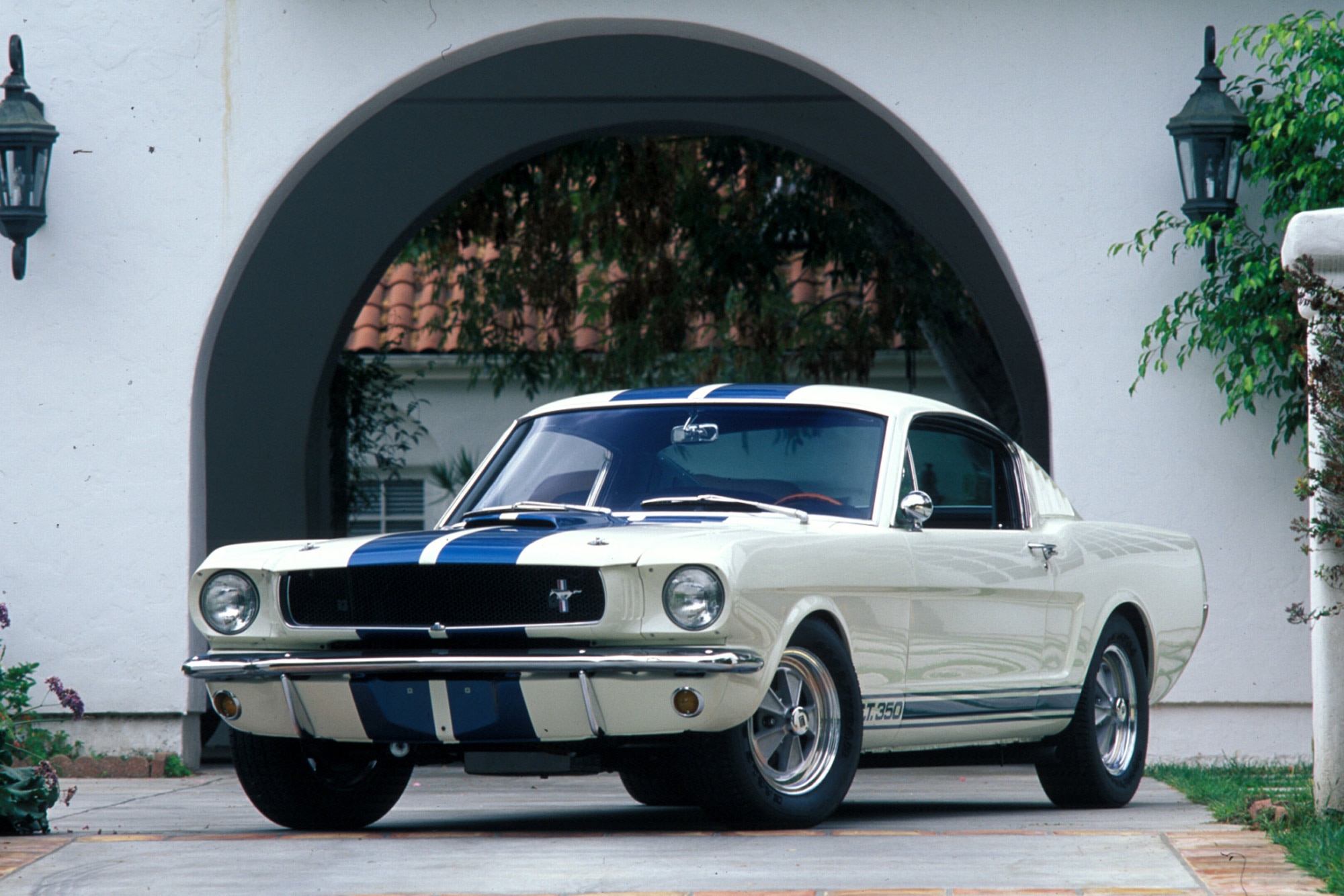 Ford
Ford
When Ford Went Heavy on V8s
A series of modern overhead-valve V8s superseded the flathead in the 1950s to power larger, heavier cars. In the 1960s, a new "small block" V8 would become a mainstay of the Ford lineup in 260, 289, 302, and 351 cubic-inch versions. The high-performance version of the 289, installed in just 13,000 early Mustangs, became the basis of the legendary Shelby GT350 Mustang.
A high-performance Boss 302 Mustang followed the GT350's purist format. From 1968 to 1971, Ford also offered high-performance "big block" V8s in the Mustang, including the Mach 1 with its optional 428 Cobra Jet. While the big-block Mustangs sold in low numbers, they bolstered the model's image as a performance car.
In 1982, Ford revived Mustang performance with a 302 cu-in V8 that was zippy in spite of the era's power-sapping emissions equipment. Having already been rebranded as the 5.0 Liter, later upgrades would include electronic fuel injection, further boosting performance. Like the flathead 50 years before, the so-called "5.0 Mustang" started a new-wave hot-rodding trend.
Ford's next V8 engine, the single-overhead-cam 4.6-liter Modular, arrived for 1991 and spread across its car and truck lines, including the Mustang, in 1996. The double-overhead-cam Coyote V8 that came along in the 2011 Ford Mustang and trucks continued the features of the Modular.
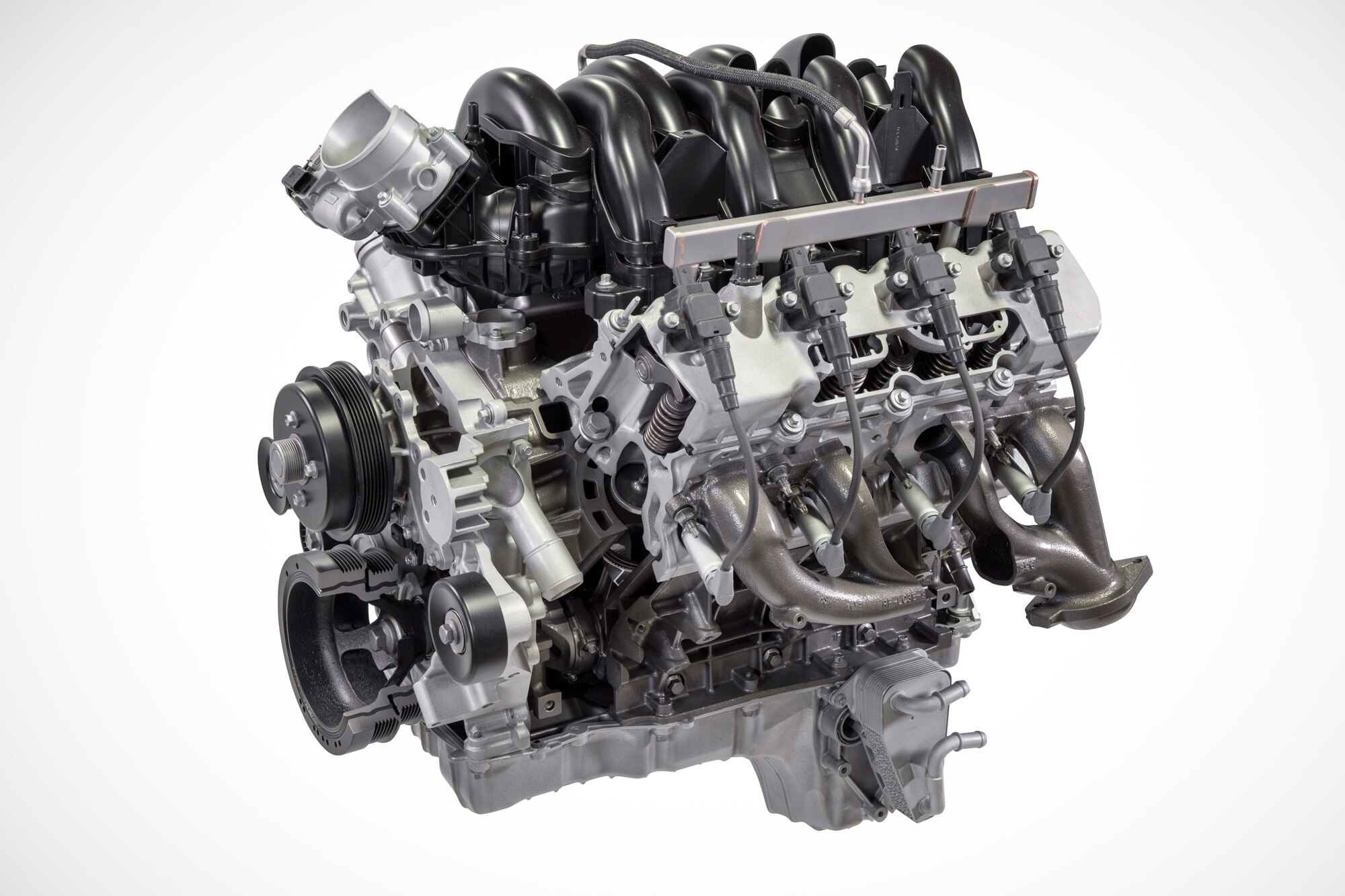 Ford
Ford
Do You Really Need a V8?
While carmakers may have recently dialed back on projections for EV sales, they must still meet federal Corporate Average Fuel Economy (CAFE) regulations that demand ever more efficient vehicles. Turbocharging, other sophisticated engine features, and measures such as installing 10-speed automatic transmissions can squeeze V8-like performance from four- and six-cylinder engines while still delivering smaller-displacement fuel efficiency.
Industrywide, the average power output of today's four-cylinder engines just about matches that of the V8 average from 2001. So, it's no surprise they account for 57% of the market. Six-cylinders account for about 27%. Even turbocharged three-cylinder engines, such as that in the Ford Bronco Sport SUV, make up about 6% of sales.
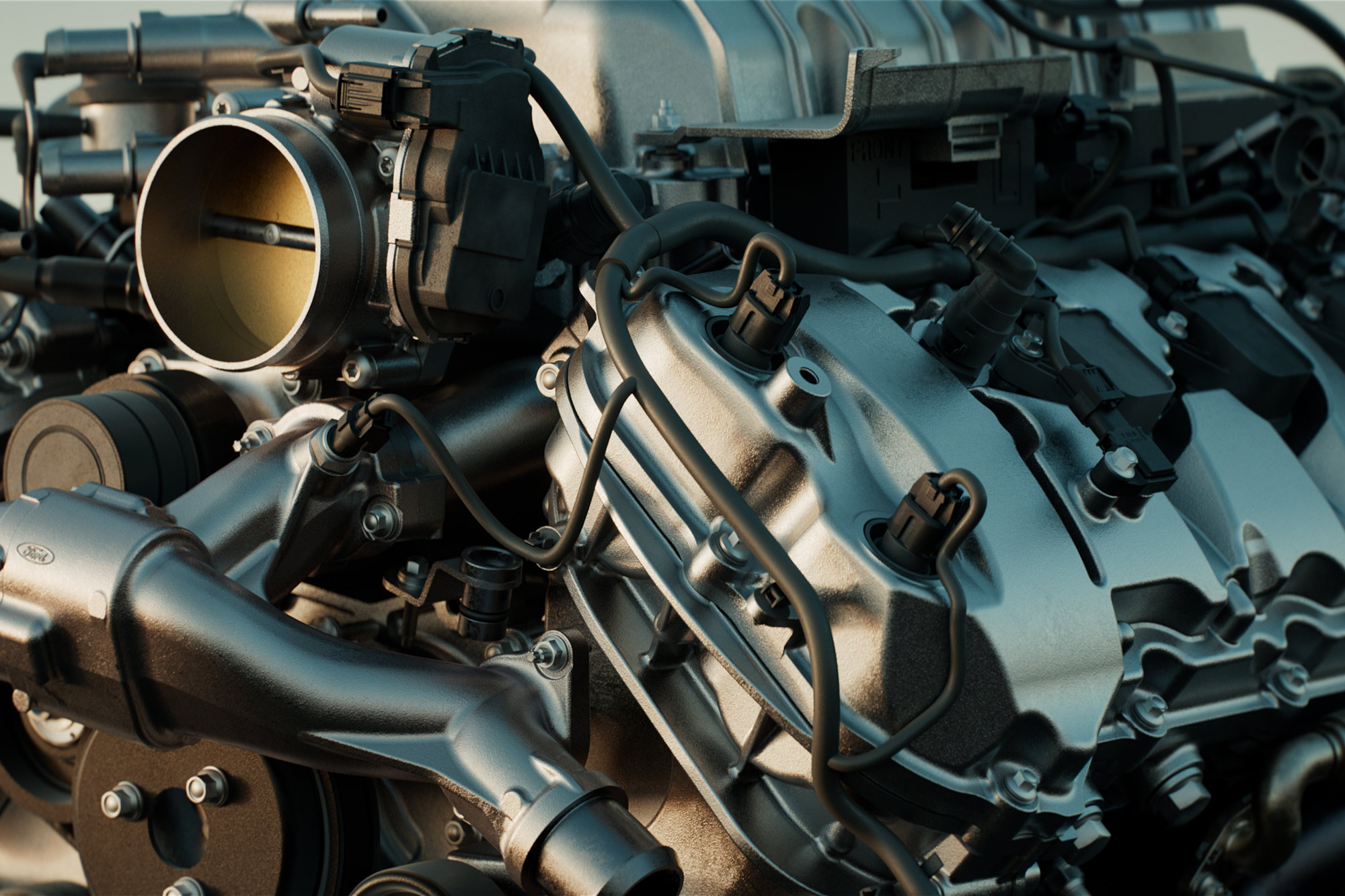 Ford
Ford
How Ford Can Still Offer V8s
This year, Ford marked the 60th anniversary of the first Mustang, which sold nearly 2.4 million cars in its first five model years. In stark contrast, Ford today sells about 50,000 Mustangs a year, and about half of those are V8s. To meet its CAFE requirements, Ford can offset sales of gas guzzlers with more efficient cars, including hybrids and EVs. Ford says more of those are coming in the next few years, which could extend the V8 Mustang's life. That low volume is key to Ford continuing to offer Mustang variants with a V8, including the wild $300,000 GTD track performance model.
One car contributing higher CAFE numbers for Ford is the Mustang EcoBoost, which accounts for the other half of the model's sales. The 2024 EcoBoost, with its turbocharged 2.3-liter four-cylinder engine, is rated at 315 horsepower and 350 pound-feet of torque and comes standard with a 10-speed automatic transmission. It is an undeniably quick car, going from zero to 60 mph in 4.5 seconds and reaching the quarter-mile in 13.3 seconds at 103 mph.
For perspective, the 2010 Mustang GT's 4.6-liter V8 offered the same 315 horsepower but with lower torque. That V8 model did zero to 60 mph in 5.1 seconds and covered the quarter-mile in 13.7 seconds at 104 mph. That's close to a match in real-world performance, but fuel economy is no contest. The 2024 EcoBoost Mustang is rated at 22/33/26 mpg city/highway/combined, while the 2010 V8 model only achieved 17/23/19 mpg.
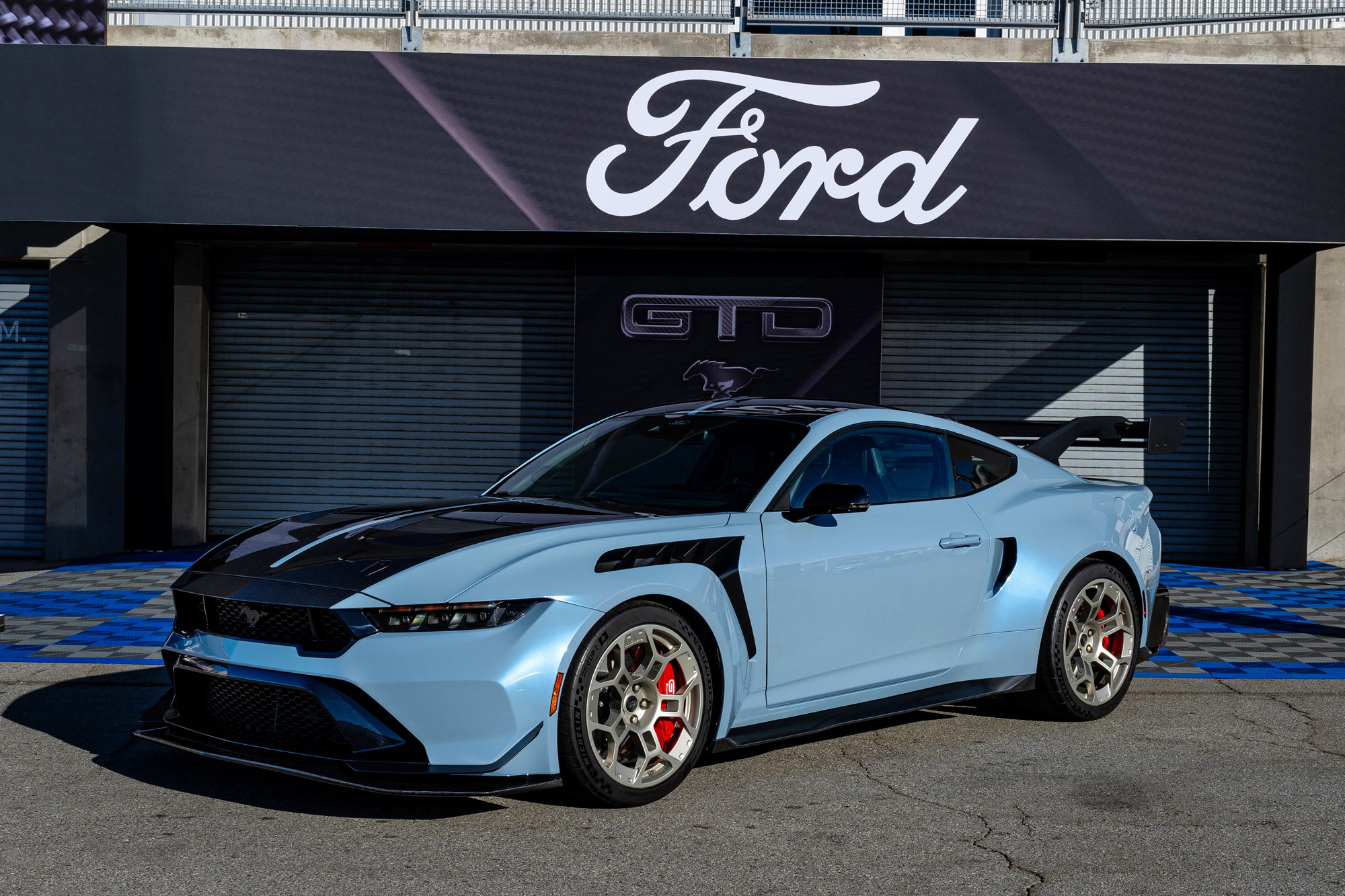 Ford
Ford
Last V8 Muscle Car Standing
Despite the rise of smaller powerplants, V8s continued defining some market segments, including muscle cars. That landscape changed suddenly at the end of 2023 when Chevrolet discontinued the Camaro, and Dodge replaced its Challenger coupe and Charger sedan with a new Charger in two-door and four-door styles. It will debut with an EV powertrain in late 2024 and will offer a gas-fueled engine in 2025.
That gas engine won't be a big Hemi V8 as before, but rather a twin-turbocharged 3.0-liter inline-six. It's more like the powerplants found in BMW M and Mercedes-AMG models than anything used in a U.S.-made muscle car.
Once dominated by V8s, the pickup truck market continues to move to alternatives, including Ram's version of the same twin-turbo inline-six earmarked for the Dodge Charger. Ford steered its pickups in that direction in 2011 with its EcoBoost V6s.
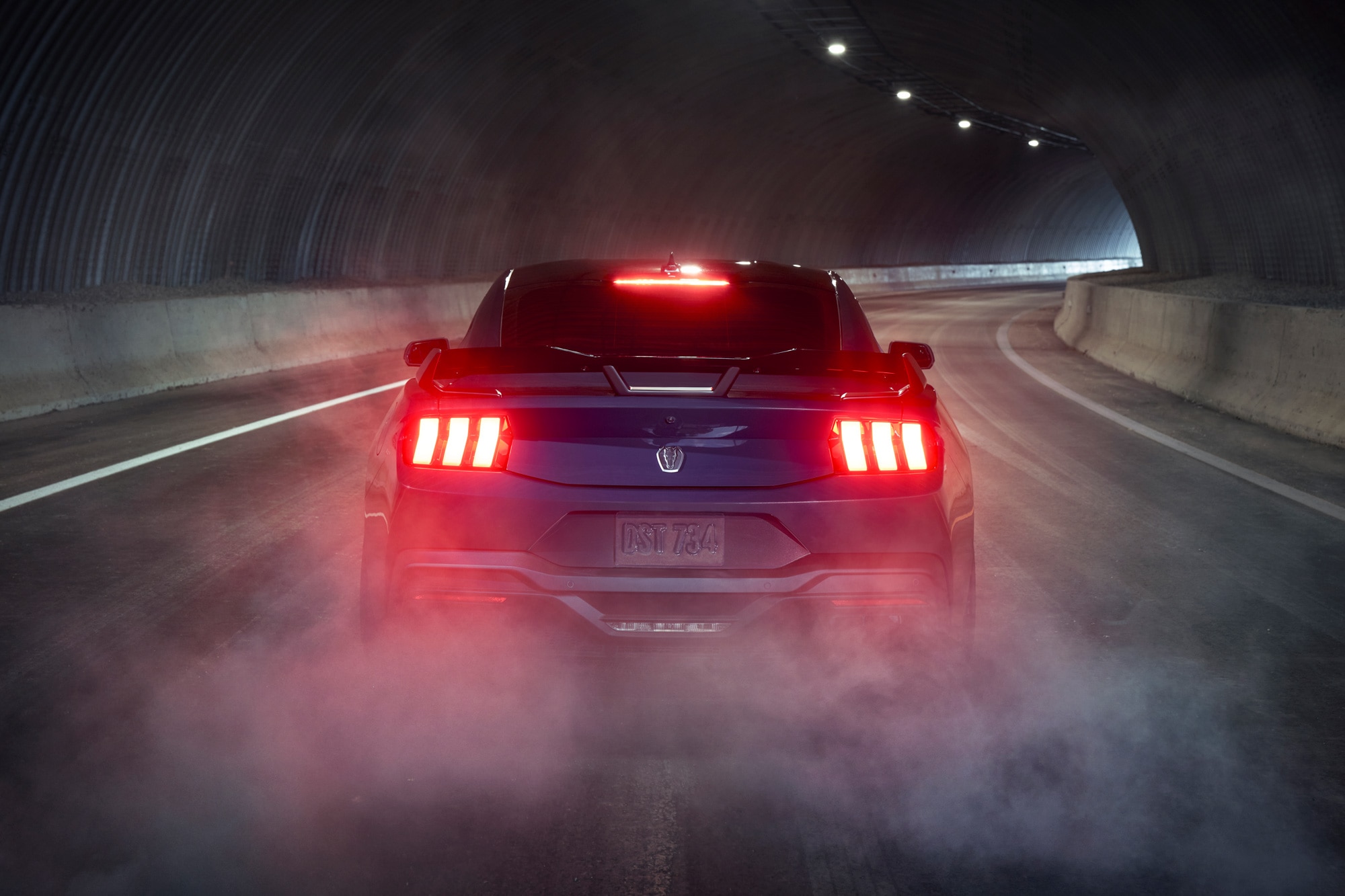 Ford
Ford
Where the Ford V8 Goes From Here
While many carmakers don't reveal future product plans, Farley's comments on the V8 ensure that this engine will continue in the Mustang and certain pickups for some years. As for electric muscle cars, Dodge says its Charger EV will be the "quickest muscle car on the market" with an 11.5-second quarter-mile time.
Farley told Autocar that there would never be an EV Mustang coupe. The Mustang Mach-E electric crossover shares only its name and some styling cues with the gas-fueled model.
The future will tell.
Written by humans.
Edited by humans.
 Jim Koscs
Jim KoscsJim Koscs has been writing about cars for more than 30 years, his byline appearing in national enthusiast and trade publications, newspapers, and websites. He covers a broad spectrum of topics in automotive business, culture, collecting, design, history, racing, and technology. The "car thing" goes way back for Jim. At the 1968 New York Auto Show, he snuck away from his father to get a better look at a Rolls-Royce... from underneath it, to see if it had dual exhausts. (It didn't.)
Related articles
View more related articles